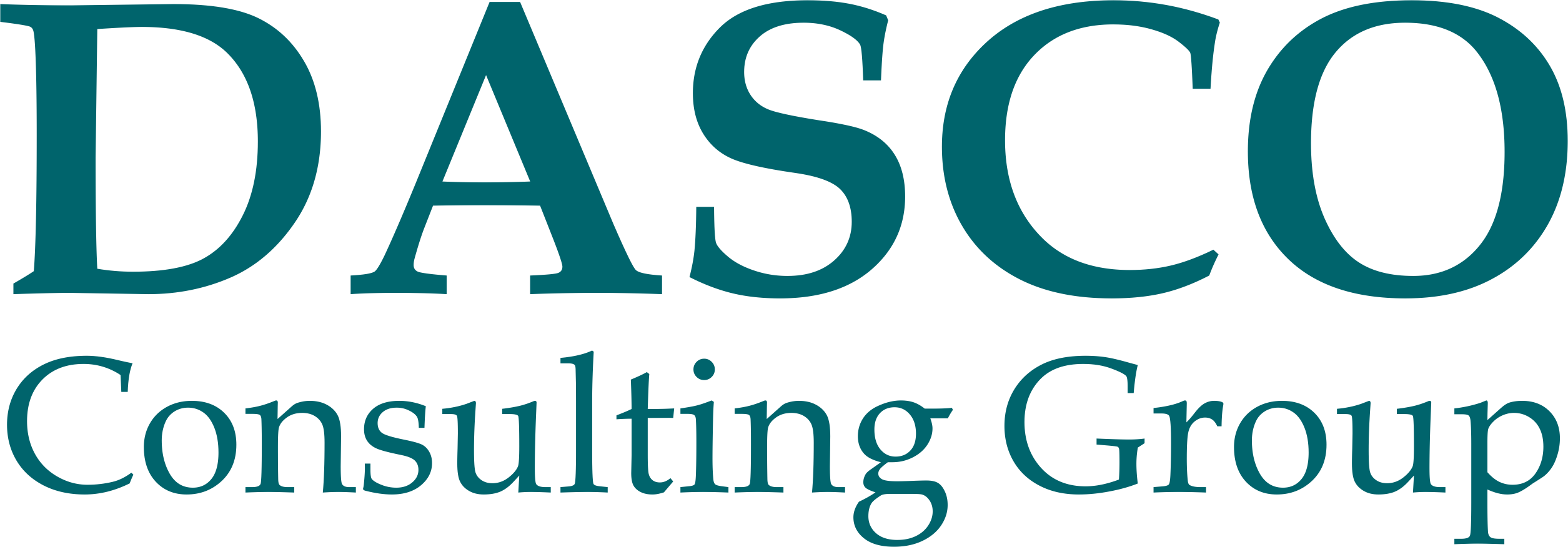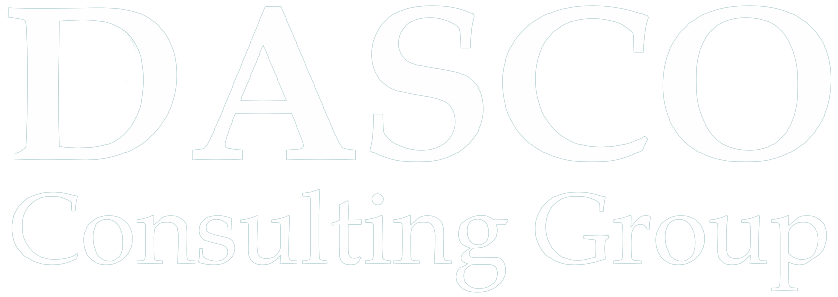Attracting qualified personnel to the team is one of the key tasks of modern management. But it hasn't always been that way. The struggle for the workforce became more complicated as the business went through three transformations.
During the Industrial Revolution, people worked for survival and basic needs. They valued their place, even if the boss behaved inappropriately, aggressively, and might use physical violence. "The boss is always right" and "No one is irreplaceable" were classic slogans of the time. Workers had no alternatives for feeding themselves and their families.
A new way of life emerged with the exponential growth of information technology. The "industrial" generation had already earned a certain base, and their children thought about standards of living and average income. This made it possible to pay for housing, buy cars, get a good education. In other words, people aspired to a normal life.
The information revolution gave people a choice of quality jobs that allowed them to move from place to place without financial loss. The era came to an end when most unique technologies became publicly available and the ability to create information products became desacralized.
We are now living in the era of the digital revolution, and it has made the struggle for human resources even more acute. Hundreds of thousands of companies have emerged in the high-tech market to compete for the market of intellectual labor.
At the same time, millions of professionals around the world, thanks to the work of older generations, no longer worry about survival or providing a standard of living. They are in search of quality of life. Even if a person has a good contract in hand, but is not comfortable working under it, he or she breaks off the employment relationship and changes location without regret.
Digital people need more than just a decent wage or the prestige of an organization. They need a quality work environment, a quality personal life, opportunities for growth and fulfillment, and fair rewards.
Attracting and retaining the best people is a delicate task. Perhaps an effective way to understand what is needed in each specific situation is to "look" at the employer through the eyes of the employee.


